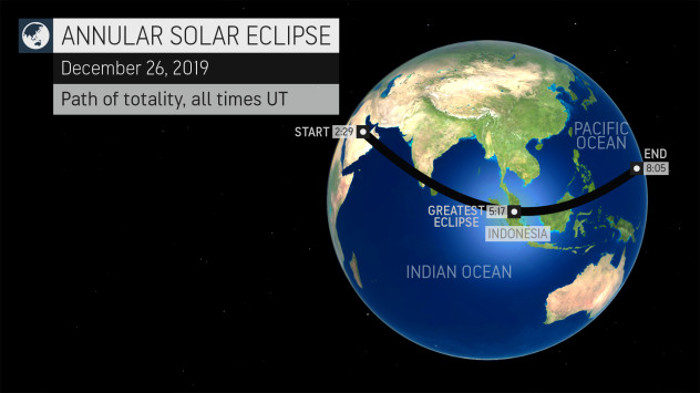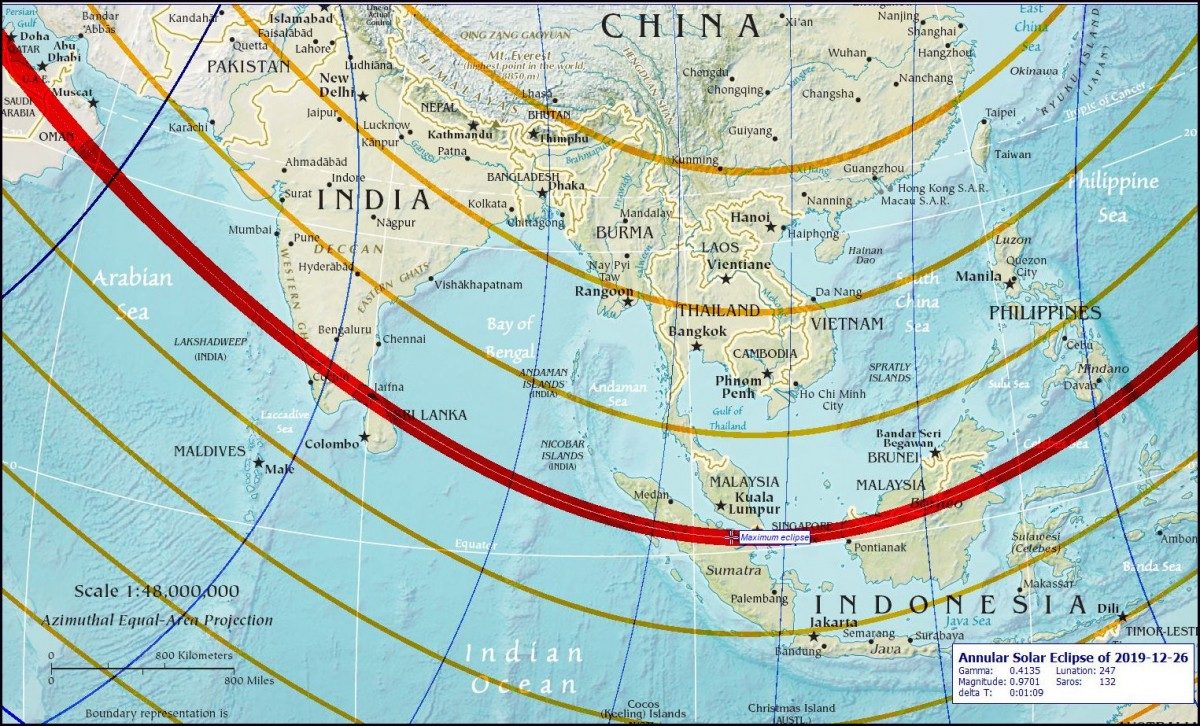OF THE
TIMES
A nation that continues year after year to spend more money on military defense than on programs of social uplift is approaching spiritual doom.
"Her lawyer, Mr Danglehant..." Shouldn't have seemed funny, but it did. Have to wait for the keyboard to dry out, from the coffee that shot out of...
Who cares if a Politician married a man or a woman or a "Not Sure"? The news in the article was that she is battling cancer. Somethings in the...
Poor horse. I grew up next to a quarter horse farm, and when horses are running down streets like that, they're freaking out generally. In...
Come home and fight for it, hasn't been a problem, until now. I guess being patriotic is more of a guideline than a hard fast rule. If the table...
"The need to comfort the grieving nation was great, even though there were no fatalities and there was no terrorist attack behind the disaster."...
To submit an article for publication, see our Submission Guidelines
Reader comments do not necessarily reflect the views of the volunteers, editors, and directors of SOTT.net or the Quantum Future Group.
Some icons on this site were created by: Afterglow, Aha-Soft, AntialiasFactory, artdesigner.lv, Artura, DailyOverview, Everaldo, GraphicsFuel, IconFactory, Iconka, IconShock, Icons-Land, i-love-icons, KDE-look.org, Klukeart, mugenb16, Map Icons Collection, PetshopBoxStudio, VisualPharm, wbeiruti, WebIconset
Powered by PikaJS 🐁 and In·Site
Original content © 2002-2024 by Sott.net/Signs of the Times. See: FAIR USE NOTICE


Reader Comments